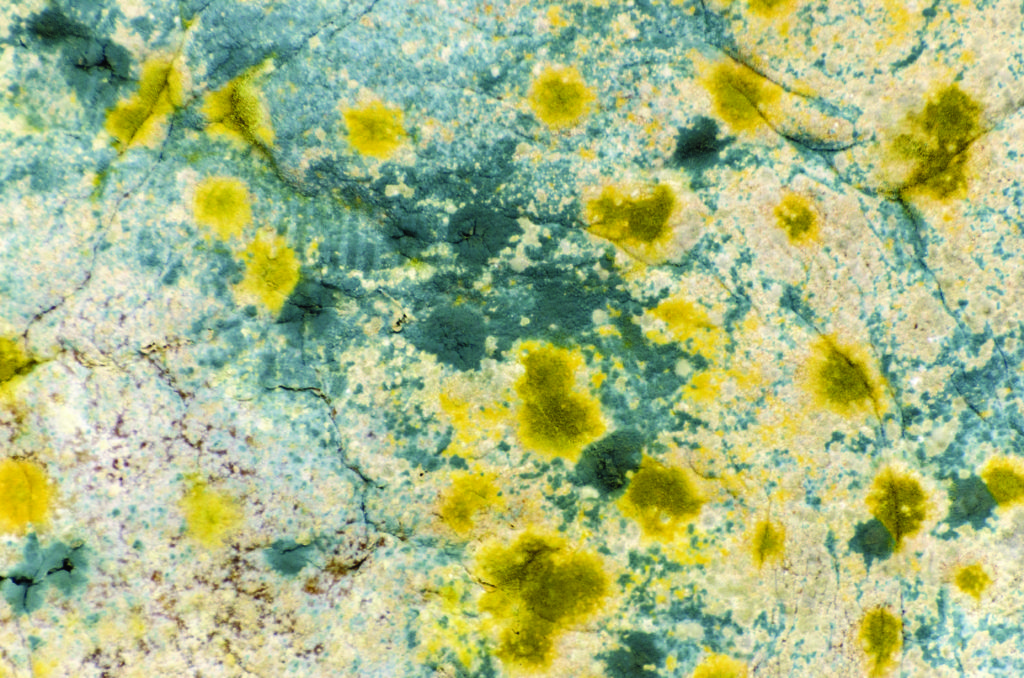
By Julia Szabo
The start of the fall season brings with it a welcome return to apartments left empty with the humidity of summer. Behind those closed doors and windows can lurk hostile intruders: mycotoxins, toxic chemicals produced by the mold that develops anywhere moisture has been trapped.
“Wherever you have water damage or leakage, you also have mold growth, and wherever you have mold growth, you always have mycotoxins,” explains Dr. Andrew W. Campbell, toxicology expert. “People don’t realize how dangerous mycotoxins are. Very plainly put, mold is the gun, and the mycotoxins produced by molds are the bullet. The No. 1 toxin to humankind is a mycotoxin: It’s worse than all the gases, and definitely cancer-causing. The IARC [International Agency for Research on Cancer] and American Cancer Society have various classifications, and a mycotoxin is a known carcinogen.”
Mycotoxins get absorbed into the deepest part of your lungs, then travel to the rest of the body, producing inflammation. “They destroy your body’s immune system, and block the formation of proteins,” explains Dr. Campbell, one of a group of leading scientists who recently developed the only blood serum test in this hemisphere that accurately tests for 12 mycotoxins (mymycolab.com). Potentially making the body vulnerable to diseases ranging from autism to multiple sclerosis, mycotoxins are made by common molds—just like the kind that grow in a home when it’s left unused or poorly maintained for even a short period of time.
Dr. Campbell is highly regarded in the global medical community for his diagnostic skills. But before he can start helping a patient, he explains, the patient has to be proactive. “The first rule of toxicology is, get the toxin away from the patient or the patient away from the toxin.” Enter the professional mold remediator. “Inspect, Correct, Protect” is the protocol recommended by BioScience Corp (bioscience.com) provider of natural mold and indoor air solutions. BioScience’s owner/operator Rick LaPierre, who has taken over duties from his father, Rick Sr., offers this checklist for opening a summer home safely and securely.
Service your air conditioner at the start of the season—and never run it with the windows open. Open doors and windows, get the air circulating, and walk through the home inspecting all vents, accessible attic spaces, faucets and plumbing for signs of needed repair; check the basement for water leakage or damage.
Inspect walls and ceilings. “Mold appears spotty, irregularly shaped, and fuzzy, and comes in many colors—black, green, blue or red,” says LaPierre, “while mildew, another form of fungus, is white, white-yellow or black, and flat in texture.”
Fungus that you cannot see might also be present, so use your nose as well as your eyes: A musty odor indicates the presence of mold and/or mildew.
“When in doubt, get a professional’s assessment of the home, especially if there is a water intrusion concern,” cautions LaPierre, whose company trains all over the country and is a trusted resource throughout Boston, New York City, Suffolk County and Palm Beach.
Never use cardboard boxes for storage; they are breeding grounds for mold—fungi feast on the cellulose in paper.
“Dehumidify the atmosphere by keeping the house temperature below 77 degrees and around 50 percent relative humidity,” LaPierre says. When the HVAC is functioning properly, it will also dehumidify the air.
Never use biocides, pesticides or chlorine bleach to clean; these substances release volatile organic compounds (VOCs) which worsen mold situations by further polluting the indoor air with harmful chemicals. BioScience Corp uses TM-100, the only enzyme product that has been tested by OSHA (Occupational Safety and Health Administration) and is on the FDA’s GRAS list (Generally Regarded as Safe) both during and after application.



